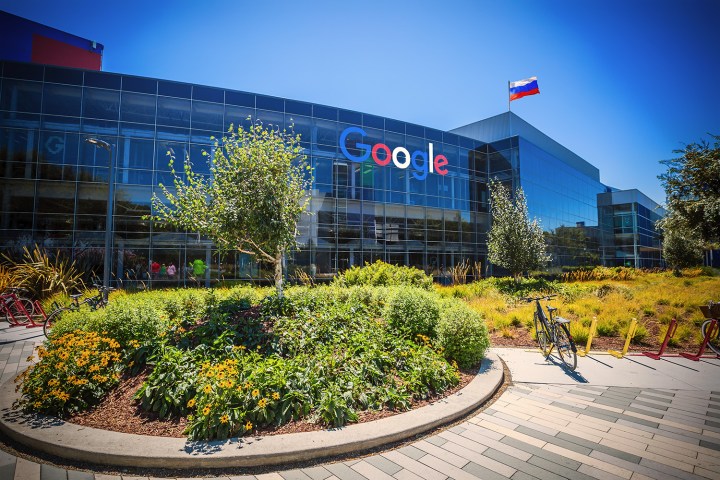
Yet these emerging technological trends can also be blamed on the Russians. No, not Putin and the oligarchs, but a little-known line of early 20th-century Russian occult philosophers called the cosmists.
While here in America, Frank Baum was busy spreading the optimistic can-do memes of Calvinism through his book the Wizard of Oz, the cosmists were inventing an equally positivist spiritual system that combined the ideas of Marxism with those of Russian Orthodoxy — all in a perfected, technologized future. The same way faith could bring Dorothy to the Emerald City and ultimately back home, technology could bring humanity to its next evolutionary level.
Transcendence through technology
The cosmists developed what could be considered the first technology religion. Sure, for millennia there have people who believed in the perfection of humans, or their transcendence from the physical body. But the cosmists were probably the first to think of transcendence as a problem of engineering.
They believed in the perfection of human beings as a technology design challenge. They imagined immortality achieved through the development of life-extension technologies and space travel enabled by atomic propulsion. This would allow mass migration of improved humans to other solar systems. Even the dead would eventually be resurrected through new technologies.
The cosmists developed what could be considered the first technology religion.
Sound familiar? It’s as if these ideas were lifted from a speech by Google Chief Scientist Ray Kurzweil or the brochure from Singularity University. Whether we agree with today’s transhumanists or not, we are predisposed to believe that their dreams of uploading consciousness to a silicon chip, developing a fully aware artificial intelligence, or reprogramming human DNA for immortality, have been unleashed by the emergence of digital-age technologies like the computer chip, networking, and robotics. The latest thing. Transmissions from the edge of reality.
But these seemingly revolutionary new advances – the sorts of things my friend Jason Silva can talk about on YouTube as if launching mind grenades from the future — are really just cribbed from a little-known line of esoteric Russian philosophy. And the more I’ve looked into it, the more convinced I’ve become that it’s not merely a coincidental repeat of common human religious tropes.
The Russian invasion we all missed
The technologists of Silicon Valley came into direct contact with the cosmists and their intellectual descendants back in the 1980s, when Russian and the U.S. initiated a series of discussions later called Track Two Diplomacy. That’s when leading Russian scientists and spiritualists engaged with their American counterparts at the Esalen Institute, with the goal of bettering relations through the exchange of ideas, science, and spirituality.
Yes, there were conversations led by rocket scientists and computer engineers, but also by spiritual and consciousness pioneers including Werner Erhard (founder of the EST training) and shamanic studies scholar Michael Harner — as well as their Russian counterparts. From my discussions with those who were there, including Apple entrepreneur Robert Schwartz and Stanford Research Institute chief Willis Harman, these were highly psychedelic hot tub sessions, in which America’s west coast “human potential” movement got supercharged by the Russian cosmist idea of an immortal proletariat.
At best, we brainwashed ourselves and each other. At worst, we were embedded with set of really weird memes which then went on to guide our leading technologists. That’s why Google lost interest in “organizing the world’s information,” and is now so intent on developing AI and a server cloud for Kurzweil’s consciousness. Silicon Valley is enacting a religious prophecy. Thinking and feeling robots are just the technologists’ version of angels.
Just another religion
Why does that matter? Because all this certainty about our post-human future is being sold as if it’s the result of thinking deeply and carefully about the implications of computing technologies. IBM’s Watson beating a human on Jeopardy or Kasparov at chess gets publicized as a scientific proof of a turning point in humanity’s relationship to technology — when it’s really just a religious sign, more on the order of spotting the Virgin Mary in a tortilla or war breaking out in a particular region of the Middle East. On a philosophical level, the fact that a calculator can divide numbers faster than a human is no more profound than the fact that a tractor can plow a field faster than a human farmer.
Just as the first rocket ships energized the Russian cosmists, the first “thinking” machines are leading the technologists they influenced into believing the End of Days is nigh. It may be technologists spouting this stuff, but it’s not their scientific or engineering background on which they’re basing their assumptions. It’s the same old gnosticism, and it’s just as far from reality as it ever was.


